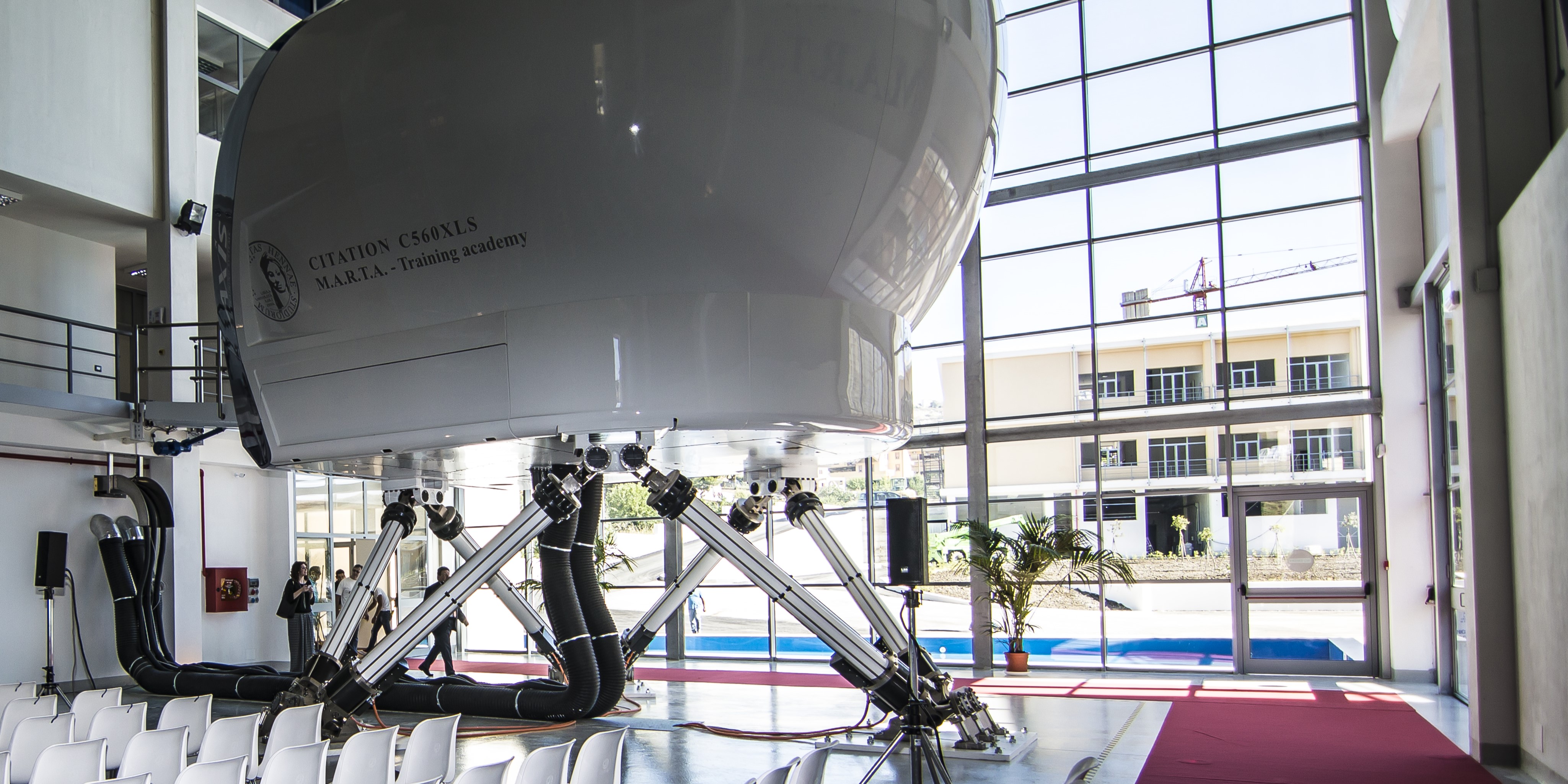
An Investigation into the Combined Effect of Strain Rate and Temperature on the In-Plane Shear Response of IM7/8552
Please login to view abstract download link
Aeronautical structures made of continuous fibre reinforced composites might be subjected to extreme loading conditions both in terms of temperature (high ground temperatures in tropical or desertic countries, low temperature in the high atmosphere) and in terms of strain rates (hail impact, bird impact, etc.). Therefore, it is important to rely on testing equipment, which reproduces accurately these combined thermo-mechanical loading conditions, in order to study the material response and adjust the material design with respect to these events. In this context, a temperature chamber has been designed and constructed for the Split Hopkinson Tension Bar setup at Fraunhofer EMI. The aim of this new equipment is to enable the investigation of the combined effects of temperature and strain rates in the respective ranges: -80°C to 250°C and 100/s to 2600/s. The temperature chamber has been successfully used to realise a sensitivity analysis of the temperature effects on the in-plane shear properties of the classical aeronautical material IM7/8552 over the temperature range -54°C to 121°C at a strain rate of approx. 1000/s using the new grips introduced in [1]. Quasi-static in-plane shear tests have also been conducted for different temperatures on an electro-mechanical testing machine in order to investigate the role of the strain rate at the different considered temperatures. The conducted sensitivity analysis confirmed that the shear strength is proportional to the temperature and to the logarithmic value of the strain rate for the considered ranges of temperature and strain rate. The tests combining temperature and strain rate demonstrated that the effects of temperature and strain rate are independent and that they can be combined using a simple addition of the individual effects. The successful implementation of the new temperature chamber for high strain rate tempered Split Hopkinson Bar tests opens the way for its use for other types of tests on composites or on small assemblies in the future. ACKNOWLEDGMENTS The authors acknowledge financial support for this experimental research provided by the German Ministry of Defence (BMVg). REFERENCES [1] Ledford, N., Imbert, M., & May, M. (2021). High-rate in-plane shear testing of IM7/8552 using the split Hopkinson tension bar. AIAA Journal, Vol. 59(10), pp. 4257-4263.
